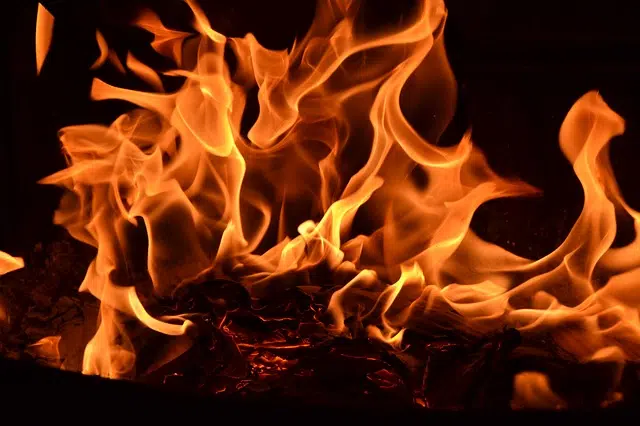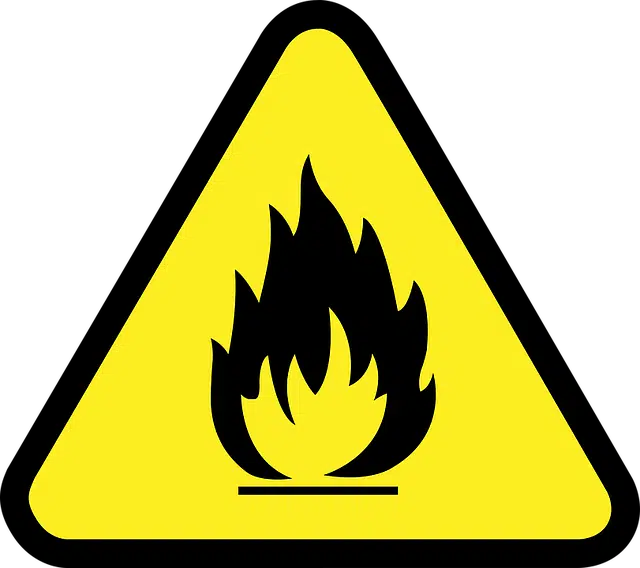
Something that burns easily is mentioned as flammable.
The adjective flammable is used to describe something that can be easily ignited and that does not take long to give off flames . Due to the risk of fire, flammable products should be handled with caution.
The combination of physical conditions required for a substance to start burning when it is close to a heat source and then maintain the flame if said heat source is removed is called the flash point or ignition point . If the substance has a flash point with a low temperature, it is classified as flammable.
In practice this means that flammable elements catch fire relatively easily. There are flammable solids , flammable liquids and flammable gases that are categorized differently depending on their flash point.
flammable gases
It is very important to know the different flammable materials to know how to eliminate the potential risks associated with their handling or conservation. In the case of flammable gases, for example, which are also known as combustible gases , we have substances such as ammonia, acetylene, propane, hydrogen , methane and propylene.
One of the characteristics that flammable gases have in common is that if they are mixed with an oxidizer and provided with an ignition source, they burn. The risk of a fire accident increases from low concentrations of flammable gases as they are present in a greater proportion with respect to the volume of air. When the air is too rich, then the chances of ignition decrease.
If the flammable gas is in a container or confined space, a small proportion is enough to cause an explosion . Good ventilation reduces the risk, but does not eliminate it completely, something that we can see with combustions that occur outdoors, both accidental and provoked. It is important to note that the characteristic odor of some of the flammable gases has been provided by artificial processes so that they can be easily identified in cases of leaks.

Due to the risk of fire, flammable materials should be handled with caution.
The fuels
Fuels are substances that, because they burn easily, are flammable. When a fuel oxidizes violently, it releases energy that can be used (for the operation of an engine, for example). Such combustion, of course, must be caused voluntarily and carried out in a controlled environment: otherwise it would be an accident.
Wood is a solid fuel; that is, a flammable solid. It is often used to light a fire and heat a building or maintain a certain radius at a suitable temperature for a group of people located around it. However, due to its condition as a flammable material, it sometimes burns accidentally or spontaneously. That is why great care must be taken in the forests, where there are numerous trees that can burn. No one should light a bonfire in a wooded area as it could lead to an uncontrolled fire .
Storage of a flammable material
The correct storage of a flammable material must meet certain requirements, some of which are set out below:
* the walls of a warehouse should never be made of flammable materials, so that they can isolate a potential fire;
* Clay tiles are not recommended for the roof, but rather fresh and light materials;
* The most suitable doors are metal ones that open to the outside;
* Good ventilation is essential, as well as avoiding direct sunlight, rainwater seepage and mechanical damage;
* It is important to clearly identify the storage area with easy-to-read signs. In addition, access must be exclusive to trained personnel.
